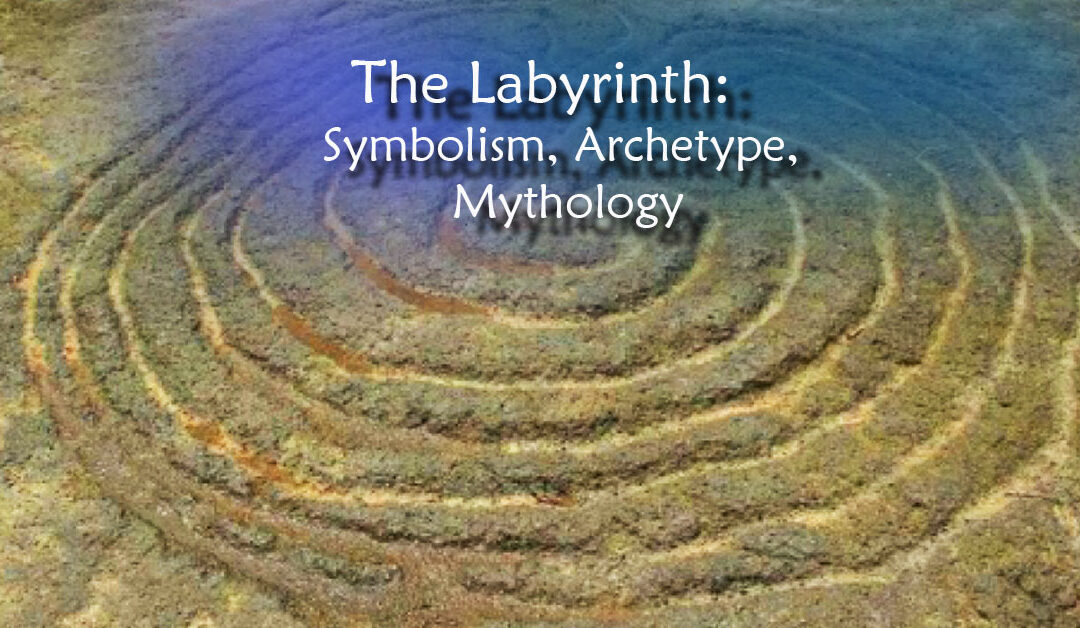A Path of Transformation
The labyrinth, an ancient symbol found in cultures across the world, is often viewed as a representation of the journey through life. Unlike a maze, which is designed to confuse and mislead, a labyrinth has a single path that winds toward the center and then back out again. This path symbolizes a spiritual journey, where one moves inward toward self-awareness or enlightenment, then outward to return to the world, transformed. The pattern is often interpreted as a metaphor for cycles of life, death, and rebirth, reminding us that life’s journey is not about speed or efficiency but the process of reflection and growth.
As an archetype, the labyrinth holds deep psychological significance. Carl Jung, the Swiss psychologist, connected the labyrinth with the human psyche. Walking a labyrinth can represent the journey into the unconscious mind, allowing individuals to face inner challenges, confront fears, and uncover hidden truths. The single, winding path mirrors the process of individuation — the integration of all aspects of the self. In this way, the labyrinth can be seen as a tool for introspection and healing, offering the walker a path toward wholeness.
In mythology, the labyrinth is often depicted as a place of transformation or initiation. One of the most famous examples is the Cretan labyrinth of Greek mythology, built by Daedalus to house the Minotaur. Heroes like Theseus entered the labyrinth to face this monster, symbolizing a confrontation with one’s darkest fears or most difficult challenges. In this sense, the labyrinth becomes a space of testing and growth, where the hero must summon inner strength to navigate the unknown and emerge victorious.


Labyrinths also hold spiritual significance in many cultures. In Christian mysticism, for instance, the labyrinth is used as a symbol for pilgrimage. During the Middle Ages, walking the labyrinth in a cathedral was seen as a substitute for a physical pilgrimage to Jerusalem. In this context, the path represents a devotional journey toward union with God, guiding the faithful from worldly distractions to divine insight. Labyrinths can be found in many cathedrals, including the famous Chartres Cathedral in France, where they continue to inspire spiritual contemplation.

Today, the labyrinth endures as a powerful symbol of personal and spiritual transformation. It is used in modern spiritual practices, therapy, and wellness as a tool for meditation, mindfulness, and healing. Whether in myth, religion, or psychology, the labyrinth’s archetypal meaning resonates deeply with the human experience, inviting us to walk its winding path and embrace the journey of self-discovery.

